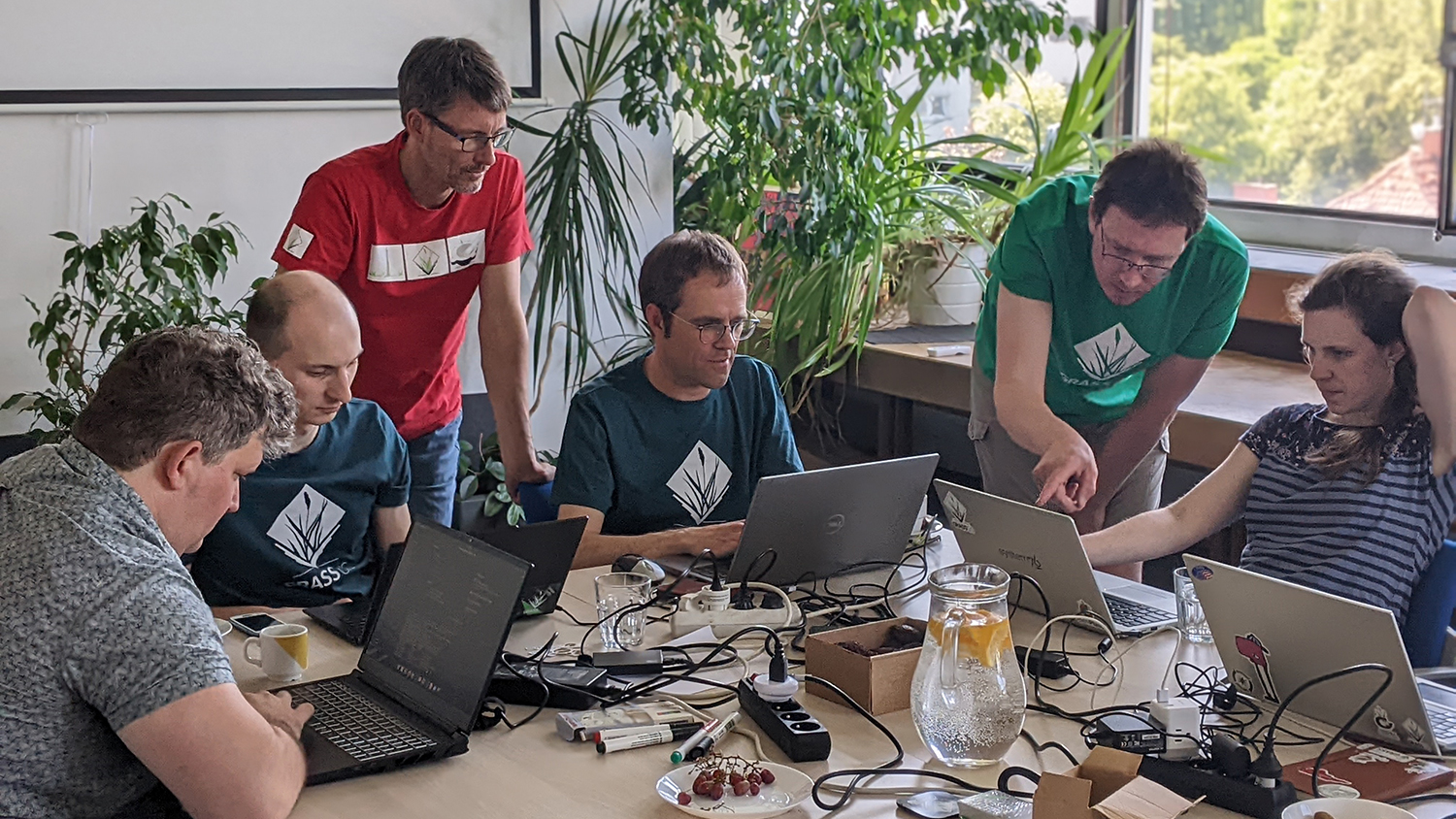New NSF-Funded Research Will Expand Access to GRASS GIS

Software that enables researchers to create insights from location-based information is essential for addressing many problems of societal importance. A new project led by researchers at the Center for Geospatial Analytics at North Carolina State University will modernize the infrastructure of GRASS GIS, a freely available geospatial software platform that has helped researchers create and innovate geospatial workflows for over forty years. The project will also strategically grow the GRASS community to achieve a technologically and socially sustainable open-source ecosystem. The work is supported by a two-year, $1.5 million grant from the National Science Foundation (NSF) Pathways to Enable Open-Source Ecosystems (POSE) program.
“Researchers in many disciplines worldwide are extensively using and developing open-source software,” says Helena Mitasova, associate director of earth and environmental sciences applications at the Center and principal investigator of the project. “This NSF program helps researchers to build an infrastructure and grow a community to sustain it.”
GRASS GIS is used for a broad range of applications, including species distribution modeling in Argentina, optimizing paths for fiber-optic cables in Germany, and downscaling hurricane storm surge predictions in the United States. “Given the different user groups, GRASS GIS is something different for different people,” says Vaclav Petras, geospatial research software engineer with the Center and co-principal investigator of the project. “For some, GRASS GIS is a desktop GIS; for others, it is a set of tools in QGIS, and yet for others it is a geospatial processing engine integrated in their cloud.”
The aim of the new project is to strengthen all of these communities by enhancing GRASS’ technological infrastructure and code quality, and streamlining existing processes for contributing and onboarding. “Our primary goal is not to fix a specific bug in the software or add a new feature; rather, we intend to introduce more automated processes to simplify maintenance and develop targeted resources for code and non-code contributors to make contributing a rewarding experience,” explains Petras.
One of the ways GRASS GIS has been serving the research community is by providing a platform and technological infrastructure for long-term maintenance and distribution of scientific models and tools. “Individual researchers often don’t have the capacity to keep their models up-to-date in the ever-evolving technological landscape, creating a barrier for other researchers to reproduce each other’s work and innovate it,” explains Anna Petrasova, geospatial research software engineer with the Center and co-principal investigator of the project.
As pioneers in open science, the GRASS research community has long recognized this problem and created an accessible platform for geospatial scientists worldwide to deploy software developed as part of their research. “It is more than fitting that the impact of GRASS GIS and its community on science has been recognized by NSF in the federally proclaimed Year of Open Science,” adds Petrasova.
“This new NSF grant is exactly the kind of project we hoped to see when the Center for Geospatial Analytics launched its latest five-year strategic plan last year,” says Ross Meentemeyer, Center director and NC State’s Goodnight distinguished professor of geospatial analytics. “Over the coming years, our Center plans to expand its leadership in developing sustainable, open and just research, and expanding the accessibility and sustainability of GRASS GIS will be a key part of that.”
Mitasova, Petras and Petrasova are all members of the GRASS Project Steering Committee. Additional collaborators on the newly funded project include co-principal investigators C. Michael Barton of Arizona State University and Huidae Cho of New Mexico State University and senior scientist Giuseppe Amatulli of Yale.
- Categories:


